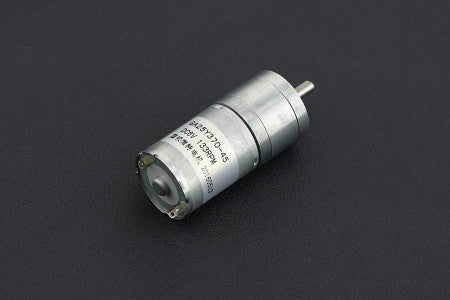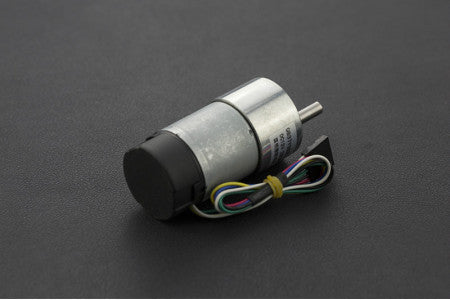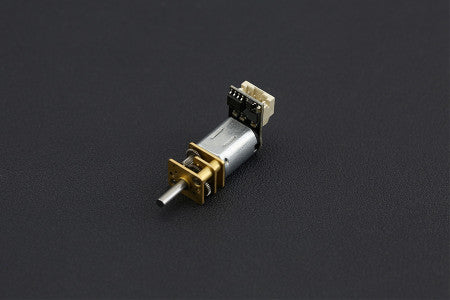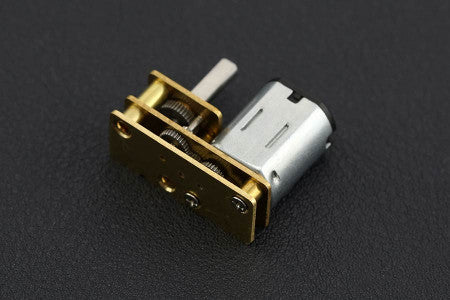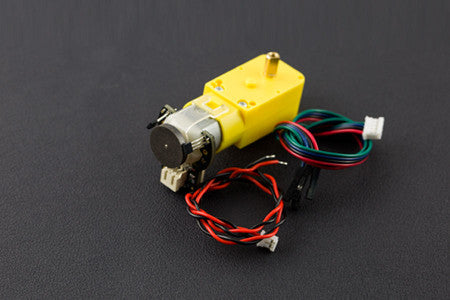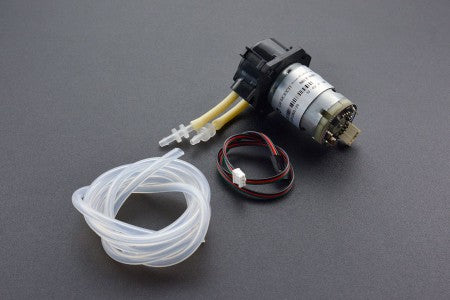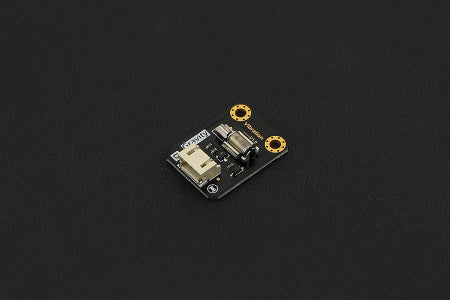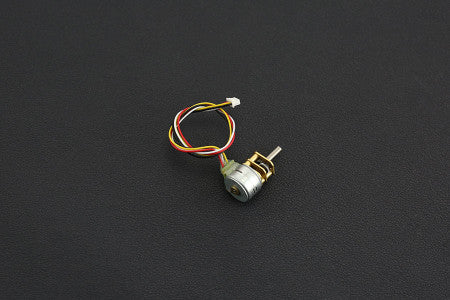A DC motor or direct current electrical motor is a rotating electro-mechanical device that turns electrical energy into mechanical energy. When DC voltage is applied to the motor terminals, an Inductor (coil) generates a magnetic field that creates rotary motion.
Inside the electric motor is an iron shaft wrapped in a coil of wire. This shaft contains two fixed, North and South, magnets on either side. These magnets cause both a repulsive and attractive force, in turn producing torque.
What is a DC Gear Motor?
A gear motor is an all-in-one combination of a motor and gearbox. The addition of a gearbox to a motor reduces the speed while increasing the torque output. The most important parameters in regard to gear motors are speed (rpm), torque (lb-in) and efficiency (%). To select the most suitable assembly for your application, you must first compute the load, speed and torque requirements for your application.
Circuitrocks offers a variety of small or miniature gear motors including Spur Gear Motors, Planetary Gear Motors and Worm Gear Motors to meet all application requirements. Most of our DC motors can be complemented with one of our unique gearboxes, providing you with a highly efficient inline solution. Pairing the proper motor and gearbox reduction ratio is critical when designing a gear motor.
Benefits of using a DC Gear Motor
DC gear motors can provide several unique benefits, making this type of motor better suited to many applications.
Some benefits of a gear motor include:
-
Increased torque: The reduction mechanism increases the torque output, allowing the combined unit to power loads that require more torque than the motor alone can produce. For higher torque applications, you want to use metal gears, as opposed to plastic.
- Reduced speed: The gear reduction mechanism also reduces the rotational speed of the motor’s output shaft. This can be beneficial in applications where high speeds are not required or desirable.
- More efficient power transfer: The gears in a gear motor can transfer power more efficiently than a direct drive motor.
- Compact size and design: Combined power solutions are designed to be space-saving, both inline and right-angle options are available. You can get a small DC gear motor, which is beneficial if space is limited.
- Greater flexibility: The ability to adjust the gear ratio to provide the desired operating conditions allows for more control over the torque and speed output, which is helpful in various types of applications.
Circuitorcks gear motors are widely available, with an excellent range of power and speed. They are also cost-effective and easy to integrate. There are many types of DC motors to choose from, its best to consult with experts to identify the optimal solution for your next design.
FAQs on DC Gear Motors
What is a DC Gear Motor?
A gear motor is an all-in-one combination of a motor and gearbox. The addition of a gearbox to a motor reduces the speed while increasing the torque output. The most important parameters in regard to gear motors are speed (rpm), torque (lb-in) and efficiency (%).
What is the working principle of a DC gear motor?
Its working principle is that when the electric current passes through the rotor through the commutator, because it is in the magnetic field, it rotates. This rotational force is used to perform mechanical work.
How does a motor gearbox work?
The gearbox is mounted to the motor shaft and, through the internal configuration of mated gears within the housing, produces an increased output torque and decreased output speed.Now available in the Philippines, DC Motors

